
The Earth flag is not an official flag, since there is no official governing body over Earth. The flag holds a photo transfer of a NASA image of the Earth on a dark blue background. Although the flag was originally copyrighted, a judge ruled that the copyright was invalid."
First, a little history lesson (from Wiki):
Earth Day is a day designed to inspire awareness and appreciation for the Earth‘s environment. It was founded by U.S. Senator Gaylord Nelson as an environmental teach-in held on April 22, 1970.[1] Earth Day is celebrated in spring in the Northern Hemisphere and autumn in the Southern Hemisphere. Earth Day Network, a group that wishes to become the coordinator of Earth Day globally, asserts that Earth Day is now observed on April 22 on virtually every country on Earth.[2] World Environment Day, celebrated on June 5 in a different nation every year, is the principal United Nations environmental observance.[3] Many communities also celebrate Earth Week, an entire week of environment-related activities, the first of which occurred in Philadelphia in 1970 (starting April 16 and culminating on Earth Day, April 22.)[4]
Now, what can we do to help planet earth? Lots of things and if you’re reading this blog, you probably do many things to help out. You may be eating locally, supporting your farmer’s market or neighborhood CSA, or even growing your own food. There’s lot’s we can do and the site 50 Simple Things has a great list with tons of information. If you think you’re doing all you can, check out this list and see what more you can do.
My favorites, because they tie in with the farm:
# 2. Go Organic
#13. Think Globally, Eat Locally
#17. Grow a Green Marketplace
#21. Support Fair Trade
The list is all good and gives us ideas of what we can each do a little more to make a big difference. Right now, we save the water in gallon jugs when we are warming it up for the shower; we don’t use pesticides; even though we grow organic veggies, we also purchase what we can’t grow; we support other local farmers; we use organic soaps, toothpaste and detergent; we combine errands, to use less gas; we support our local businesses, especially the new organic coffee shop nearby; we’re going to use the sun for cooking and dehydrating this summer; we reuse, reduce and recycle. I bet you do a lot of these things too. Check out the list and all the info, but beware, there is so much there, you may stay on the computer for a long time.
In closing, let’s do a little more than we do now to celebrate Earth Day and every day.
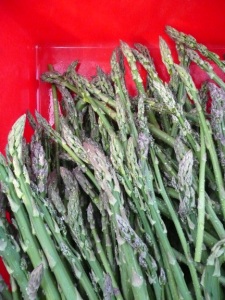
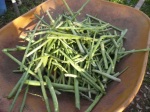
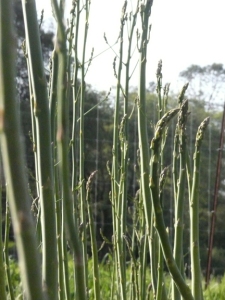
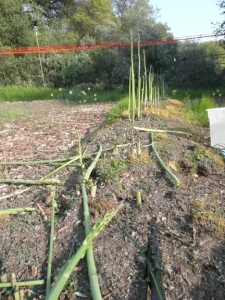
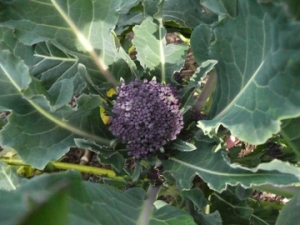
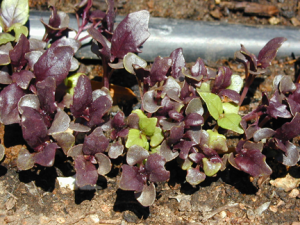
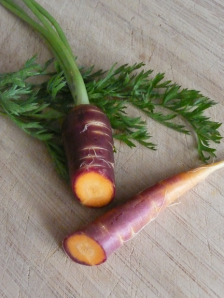
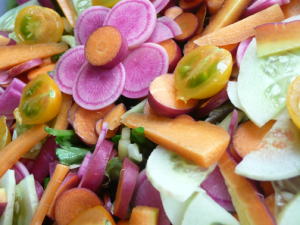
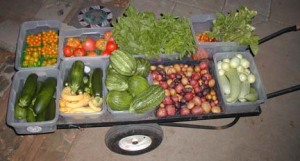
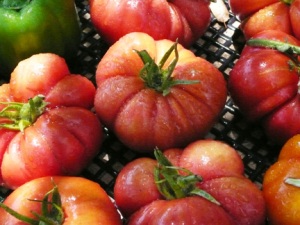

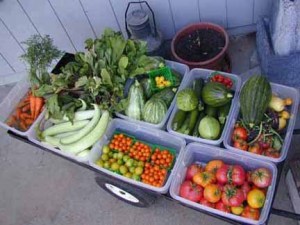
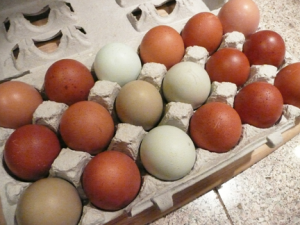
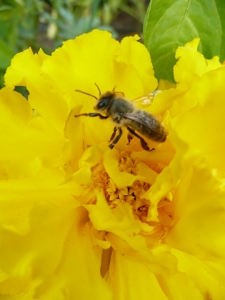
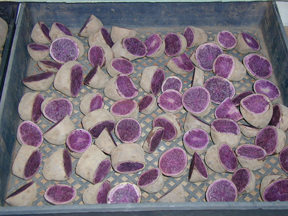

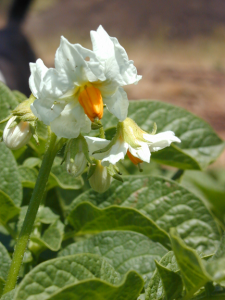

You must be logged in to post a comment.